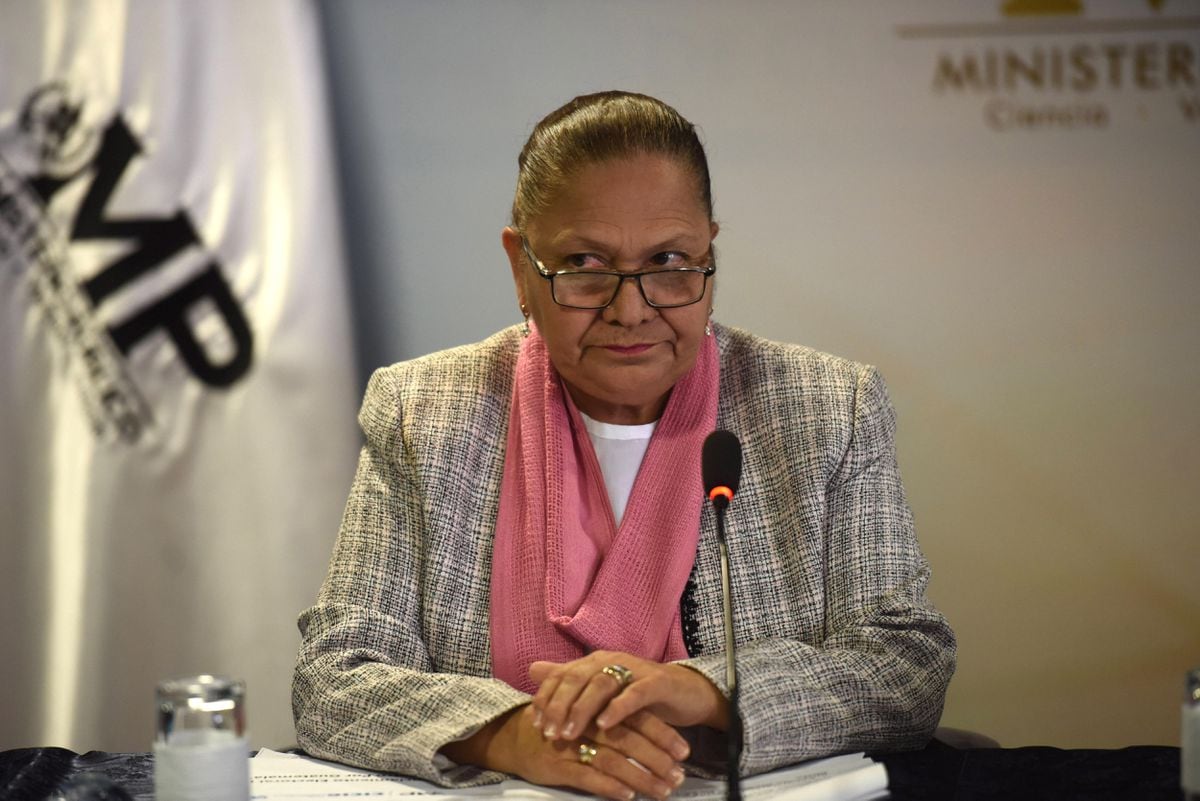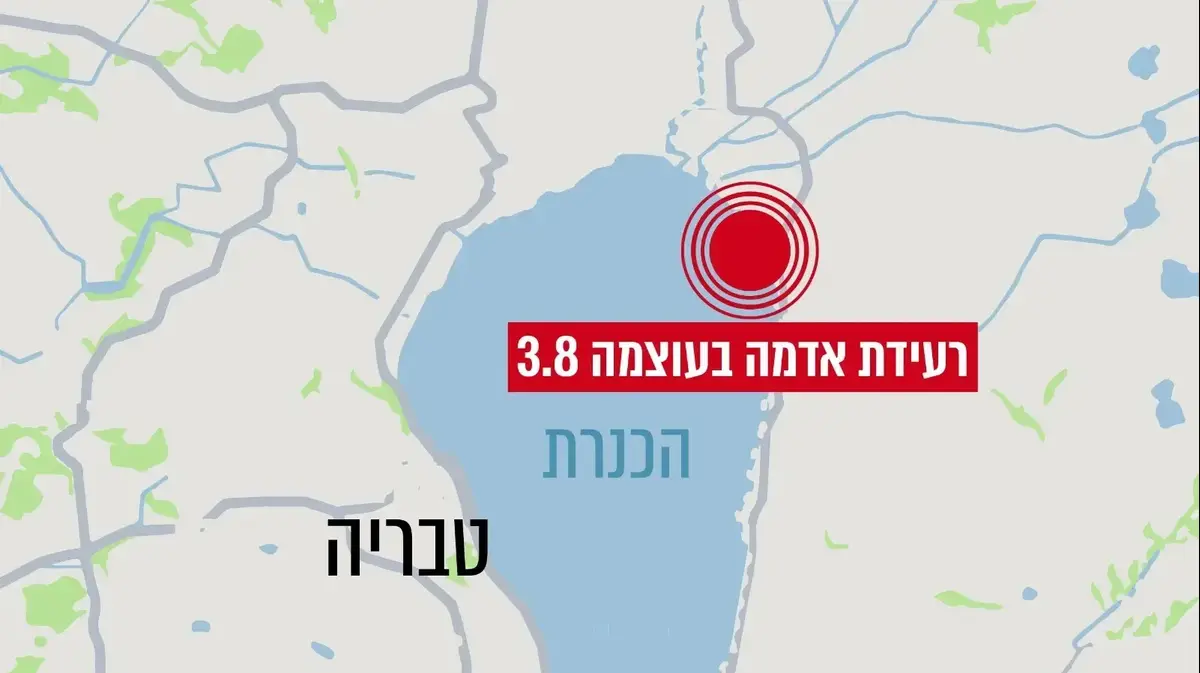Alongside the report on policing and law enforcement in the cities involved during the Wall Guard events:
today (Wednesday) the State Comptroller publishes a sharp audit report on the allocation of state resources to the Arab population in the cities involved.
According to the auditor's findings, an Arab student receives less budget than a Jewish student, most public buildings are directed to the Jewish public and that there is not enough representation of the Arab residents within the municipalities involved.
However, the state does not collect property taxes from this population.
The state auditor reviewed the government's decisions regarding the budgeting of the Arab population in Israel in the years 2010 to 2020, and found that these amounted to budgets amounting to more than NIS 19 billion. However, these budgets were not directed to the Arab population in the mixed cities, but to the Arab cities only. The auditor also found A deficiency in the composition of the municipal committees in a number of mixed cities.
According to the report, "In the cities of Lod, Nof HaGalil and Acre, the proportion of Arab society members in the committees was smaller than their proportion in the city's population in all the five municipal committees examined (education, tenders, support, allocations and names).
The committees where the lack of representation of Arab society representatives stood out are the Support Committee and the Allocations Committee."
They did not allocate assets to entities from the Arab population.
Nof HaGalil municipality, photo: Gil Eliyahu / Gini
As a result, the auditor states, "out of 500 municipal properties allocated by the mixed cities tested, five properties were allocated to entities belonging to the Arab population: the municipalities of Nof HaGalil and Acre did not allocate properties to entities from the Arab population; the municipality of Haifa allocated two properties; the municipality of Lod allocated two properties, and Ramle allocated one property one".
The auditor also found a flaw in that the Jewish schools in the mixed cities receive budgetary priority over the Arab schools.
"The average cost per student in a Hebrew educational institution was higher than the average cost per student in an Arab educational institution," stated the auditor.
According to the report, in Haifa about 9%; in Lod about 12%; in Acre about 20% and in Ramla about 22%. Disparities were also found in the rate of those eligible for matriculation, in the rate of those eligible for matriculation in five mathematics units, and in the municipalities of Lod and Acre also in the number of computers per student : In Lod there are 15 computers per 100 students in Hebrew educational institutions compared to seven in Arab institutions, and in the municipality of Acre there are 35 computers per 100 students in Hebrew educational institutions compared to 27 in Arab institutions.
However, the auditor states that although the state discriminates against Arabs in investing budgets, and on the other hand does not collect mandatory payments from them to the state.
According to the auditor, "the property tax collection data for 2020 in some of the Arab neighborhoods in the cities of Lod, Acre and Ramla were smaller than the general collection rate in those cities."
In Lod, the collection rate in selected Arab neighborhoods was 35%, while the general rate was 88%;
In Acre the collection rate was 62% in selected Arab neighborhoods compared to a general rate of 89%;
And in Ramla the collection rate was 26% compared to 87%.
It was also found that the percentage of the remaining property tax debts for residences in the Arab neighborhoods in the cities of Lod, Acre and Ramla out of the total property tax debts for residences is significant: about 30%, 40% and 60% respectively.
were we wrong
We will fix it!
If you found an error in the article, we would appreciate it if you shared it with us








/cloudfront-eu-central-1.images.arcpublishing.com/prisa/Z2ZNWPVKLJGSDEJCPNFE47V64Q.jpeg)
